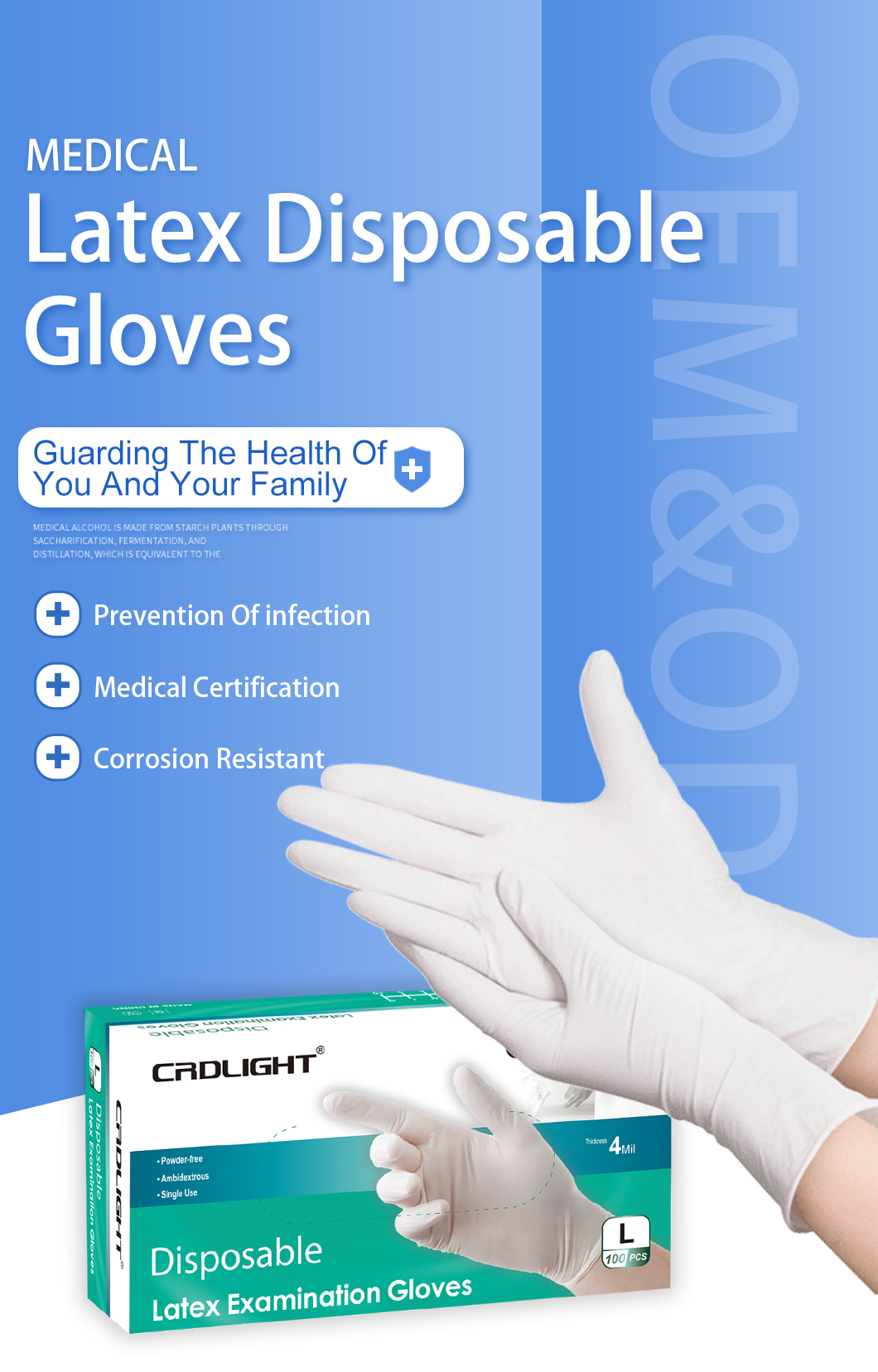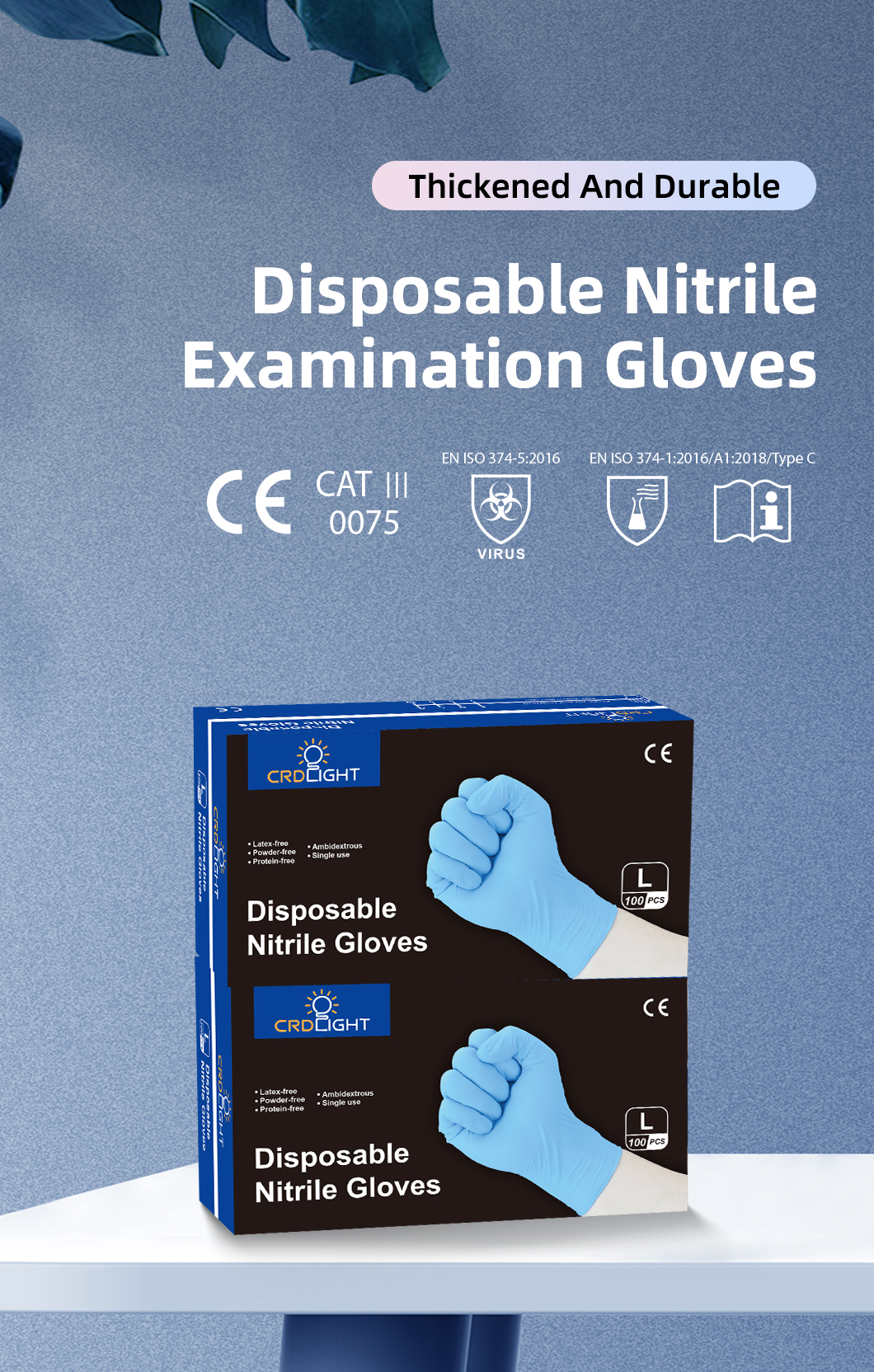Medical gloves are examples of personal protective equipment that are used to protect the wearer and/or the patient from the spread of infection or illness during medical procedures and examinations. Medical gloves are one part of an infection-control strategy. Medical gloves are disposable and include examination gloves, surgical gloves, and medical gloves for handling chemotherapy agents (chemotherapy gloves). These gloves are regulated by the FDA as Class I reserved medical devices that require a 510(k) premarket notification. FDA reviews these devices to ensure that performance criteria such as leak resistance, tear resistance and biocompatibility are met.
When to use medical gloves
Use medical gloves when your hands may touch someone else’s body fluids (such as blood, respiratory secretions, vomit, urine or feces), certain hazardous drugs or some potentially contaminated items.
What you should know before using medical gloves
Wash your hands before putting on sterile gloves.
Make sure your gloves fit properly for you to wear them comfortably during all patient care activities.
Some people are allergic to the natural rubber latex used in some medical gloves. FDA requires manufacturers to identify on the package labeling the materials used to make the gloves. If you or your patient is allergic to natural rubber latex, you should choose gloves made from other synthetic materials (such as polyvinyl chloride (PVC), nitrile, or polyurethane).
Be aware that sharp objects can puncture medical gloves.
Always change your gloves if they rip or tear.
After removing gloves, wash your hands thoroughly with soap and water or alcohol-based hand rub.
Never reuse medical gloves.
Never wash or disinfect medical gloves.
Never share medical gloves with other users.
On December 19, 2016, the FDA published a final rule banning powdered gloves based on the unreasonable and substantial risk of illness or injury to individuals exposed to the powdered gloves. The risks to both patients and health care providers when internal body tissue is exposed to the powder include severe airway inflammation and hypersensitivity reactions. Powder particles may also trigger the body’s immune response, causing tissue to form around the particles (granulomas) or scar tissue formation (adhesions) which can lead to surgical complications. For a detailed description of the risks that the FDA identified, please refer to the final rule.
Post time: Sep-24-2021

